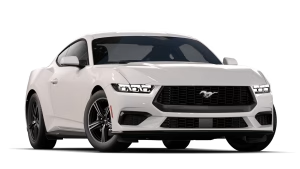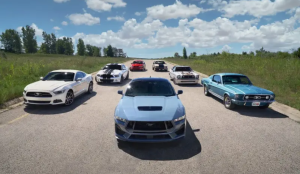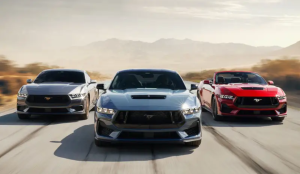The second generation of the Ford Mustang, known as the Mustang II, arrived in 1974. This generation marked a big shift from the original muscle car style of the first generation. It was smaller, more fuel-efficient, and designed to meet the needs of a changing market. Let’s explore what changed and why the Mustang II is important in Mustang history.
A Response to the Times
By the early 1970s, the world had changed. Gas prices were rising due to the oil crisis, and government regulations on emissions and safety were getting stricter. Big muscle cars with large engines were becoming expensive to run and harder to sell. Ford needed to adapt, and the second generation Mustang was their answer.
Smaller Size and New Design
The 1974 Mustang II was based on the Ford Pinto platform. It was smaller and lighter than the first generation. The styling was also more compact and sporty, with a focus on efficiency rather than raw power.
Key design changes:
- Shorter wheelbase
- Narrower body
- Cleaner, simpler styling
No V8 in the Beginning
One of the biggest surprises was that the 1974 Mustang II did not offer a V8 engine. It only came with a 2.3L 4-cylinder or a 2.8L V6. This disappointed many Mustang fans who loved performance. However, in 1975, Ford brought back the V8 option with a 5.0L (302 cubic inch) engine.
Better Interior and Features
While it was smaller on the outside, the Mustang II offered a more refined interior. Ford focused on comfort, with better materials, quieter cabins, and more modern features compared to earlier models.
Improvements included:
- Optional leather seats
- Improved sound insulation
- More dashboard options
Sales Success
Even though some Mustang fans were unhappy with the smaller, less powerful car, the Mustang II sold very well. In its first year, it sold over 385,000 units. This showed that Ford’s decision to adapt to the times was smart from a business point of view.
End of the Generation
The second generation Mustang continued until 1978. During this time, it received some design updates, like new grilles, trims, and a Cobra II model with racing stripes and sportier looks. But by the end of the decade, people wanted more performance again, leading to the creation of the third generation in 1979.
Conclusion
The second generation Mustang may not be the most popular with collectors, but it played a key role in keeping the Mustang alive during a tough time. It reflected the challenges of the 1970s and Ford’s ability to adapt. The Mustang II helped bridge the gap between the muscle car era and a new age of performance.





